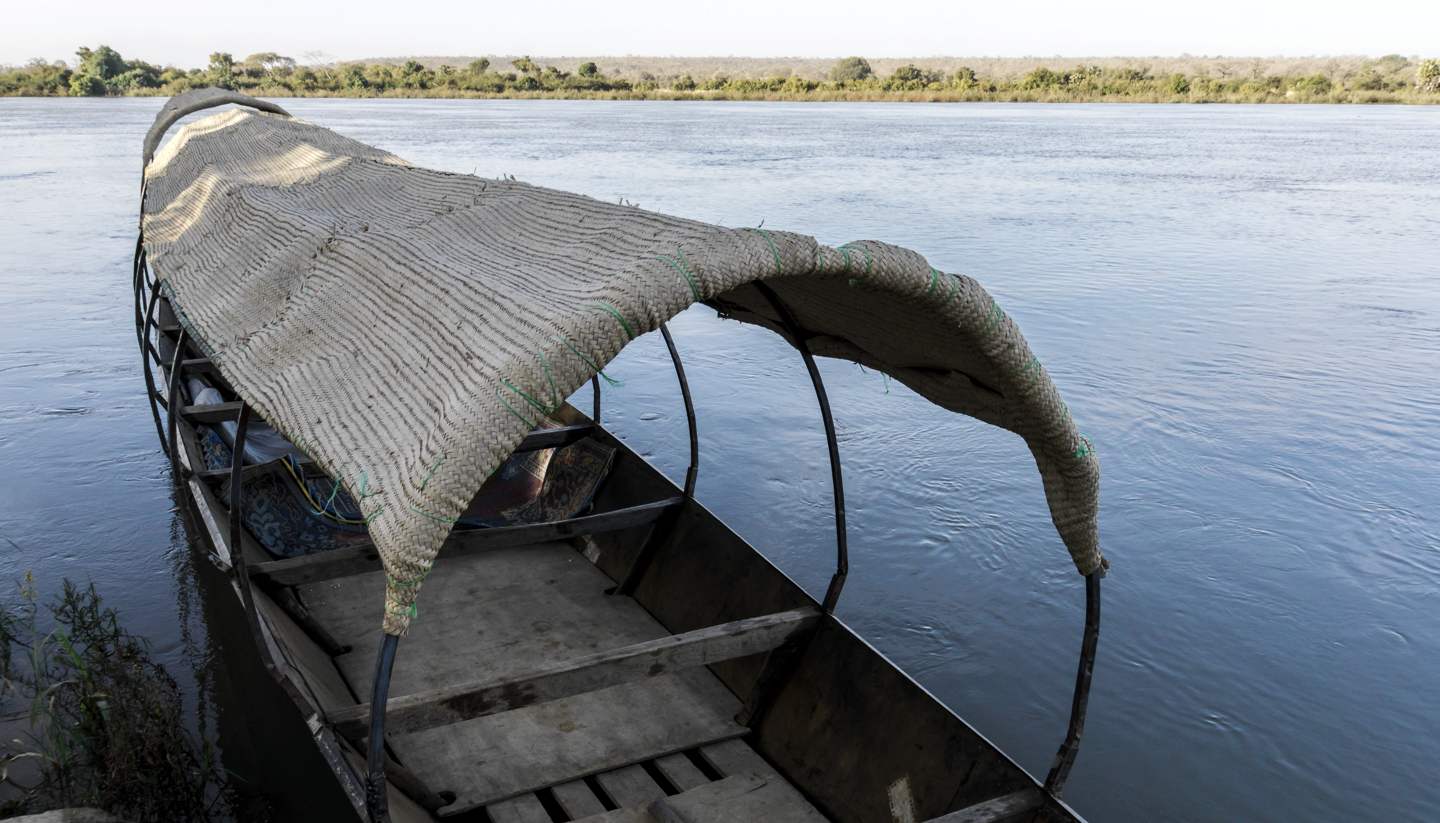Things to see and do in Niger
Attractions in Niger
Buy a camel at Ayorou market
Trawl the animal market in Ayourou, an ancient trading station located on an island in the Niger River, close to the Malian border. While in the region, use the town of Tillabéri as a jumping off point for reaching W National Park, where you should keep your eyes peeled for the endangered West African giraffe, which clings on in the park.
Catch a tribal festival
Celebrate the end of the rainy season with the Peulh people, who mark the change in weather with a lively knees up. Alternatively, witness the Cure Salée at Ingall, when nomads gather their cattle to go to new pastures. Not to be missed is the Wodaabé tribe's gerewol, an annual courtship festival, the largest of which takes place at Ingall.
Discover Niger’s desert landscapes
Arrange an expedition through the mountains to relax at the springs at Igouloulef and Tafadek or the oasis town of Iferouane. Beyond, the Ténéré Desert offers a charismatic landscape of dunes and open plains, while the Djado Plateau is rich in prehistoric rock painting and engraving.
Experience Zinder’s labyrinthine alleyways
The Old Town in Zinder, which was the capital of Niger until 1927, is a compact maze of alleyways, typical of a Hausa settlement. Near the centre is the adobe Sultan's Palace, while the central market impresses with its sheer size alone. Artefacts in the small museum help to explain the history of the town.
Explore the Aïr Mountains
Within the Sahara Desert, the rugged Aïr Mountains rise steeply out of the desolate landscape to more than 1,800m (6,000ft), and extend over some 85,000 sq km (32,000 sq miles). A region traditionally roamed by Tuareg nomads, it is home to a surprising array of wildlife, including hyena, baboon and desert specialists such as the fennec.
Go souvenir shopping in Maradi
Niger's third largest city, Maradi is one of the country's economic hubs. As a centre for Hausa culture, Maradi hosts an artisan market for handicraft purchases in the Solitan quarter, as well as the historically important Katsinawa Provincial Chief's Palace and Dan Kasswa mosque which are well worth visiting.
Kick back in the capital, Niamey
Niamey is the country's sprawling capital, situated on the east bank of the Niger River. The Small and Grand Markets are worth a visit, as is the Great Mosque, the National Museum (including botanical gardens and a zoo) and the Hippodrome, where horse and camel races often take place.
Observe wildlife in W National Park
Named so because of the W-shaped meander in the River Niger, W National Park is the country's most important conservation area. Spanning 10,000 sq km (4,000 sq miles) across three countries, its abundant wildlife including buffalos, elephants, lions, hyenas, jackals, baboons and giraffe. The birdlife is also prolific, with over 350 species identified.
Pay your respects to the King of Dosso
Royalists may want to swing by Dosso, seat of the Dosso Kingdom, which came to dominate the region before colonialism and continues to perform a ceremonial role. The city in southwest Niger is home to an exceptional palace, museum, and lively town square. Many festivals with parades and official ceremonies are celebrated here.
Sail the Niger River
Take a canoe for a sunset sail along the Niger River, one of Africa's most important waterways and Niger's lifeblood. Fishing for some of the 250 species in the river is possible throughout the year, the main season being from February to July.
Visit the ancient trading city of Agadez
Climbing the pyramidal minaret of the mud-brick Grand Mosque at sunset provides spectacular views of Agadez, the old Tuareg capital and a UNESCO World Heritage Site. Still a caravan trading city, it has a thriving camel market, but also a lively handicraft trade. Beautiful silver and leatherwork can be bought all around the city.
Tourist offices
Office National du Tourisme (National Tourist Office)
Address: BP 612, Avenue du Président H Luebke, Niamey,Telephone: 732 447.


